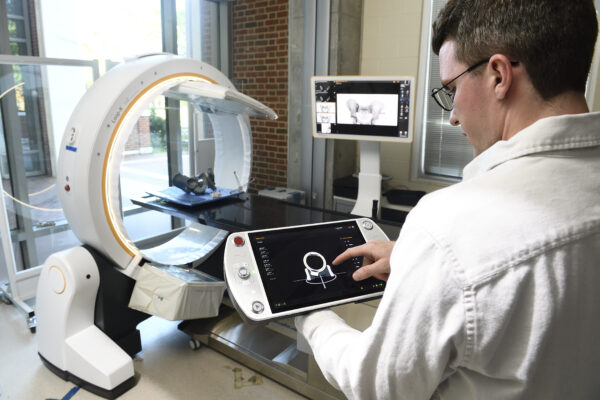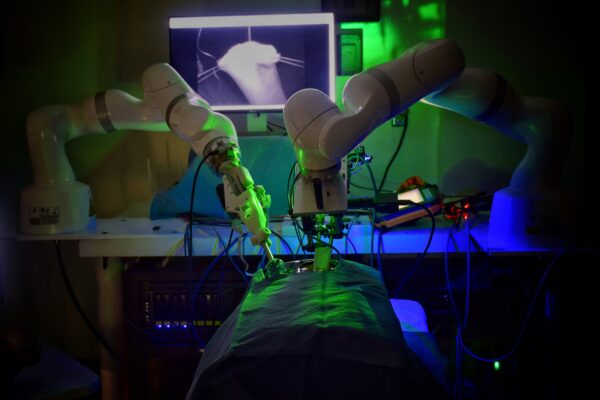In: Robotics, Augmented Reality, and Devices

Mathias Unberath receives NSF Early CAREER Award
- May 17, 2023
- Center NewsRobotics, Augmented Reality, and Devices
The award recognizes his work on human-centered medical solutions embodied in emerging technologies.

Synthetic data for AI outperform real data in robot-assisted surgery
While artificial intelligence continues to transform healthcare, the tech has an Achilles heel: training AI systems to perform specific tasks requires...

Jeremy D. Brown wins NSF CAREER award
- March 25, 2022
- Center NewsRobotics, Augmented Reality, and Devices
The five-year award will support his project titled “Improving Prosthesis Usability through Enhanced Touch Feedback and Intelligent Control."

Jeremy D. Brown named Sloan Research Fellow
- February 15, 2022
- Center NewsRobotics, Augmented Reality, and Devices
Jeremy D. Brown is among 118 Sloan Research Fellows honored for their exceptional early-career science research.

Robot performs first laparoscopic surgery without human help
- January 27, 2022
- Robotics, Augmented Reality, and Devices
In four experiments on pig tissues, the robot excelled at suturing two ends of intestine—one of the most intricate and delicate tasks in abdominal surgery.

Robot programming for everyday people
- September 28, 2021
- Robotics, Augmented Reality, and DevicesUser-Centered Design
New Demoshop software makes it easier to teach robots to help in the workplace.